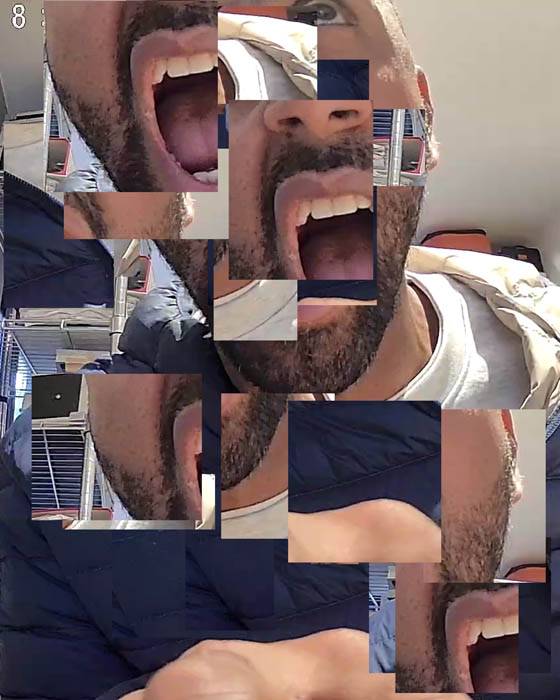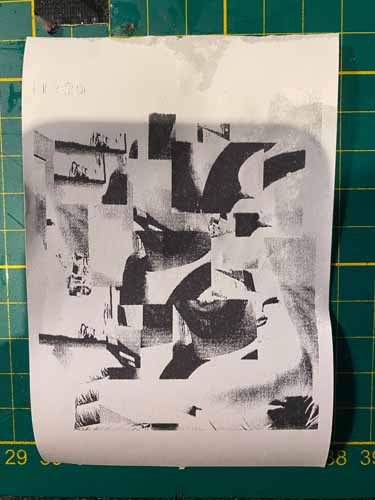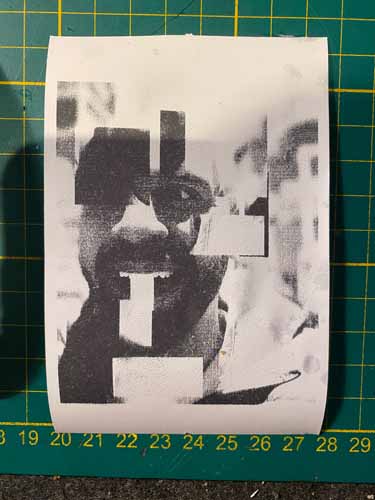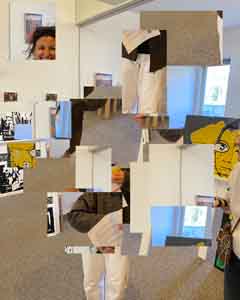
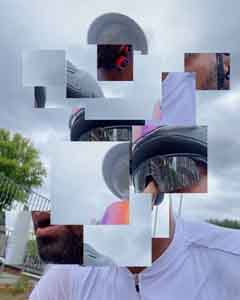
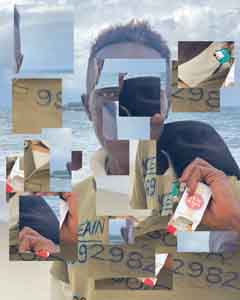
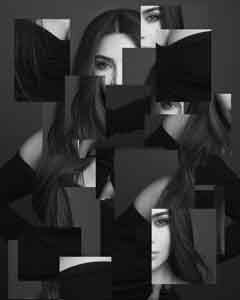
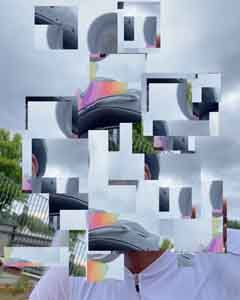
How a Python script became part of my “Faces Deconstructed” project
(Stochastic Collage)
Imagine your photo as a big sticker sheet. Now imagine cutting out random little rectangles from it; an eye here, a patch of hair there, a piece of the background. Now imagine pasting those bits back down in totally new places. Do that over and over again, and you don’t just get a mess; you get something strange and beautiful: a new version of the image that still feels familiar, but different.
That’s what my new app does
[and was designed as a development to our “Faces Deconstructed” Pop up in Cafe Conrad, Amsterdam (Oct 2025)]
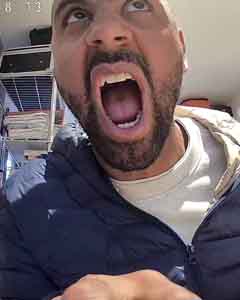
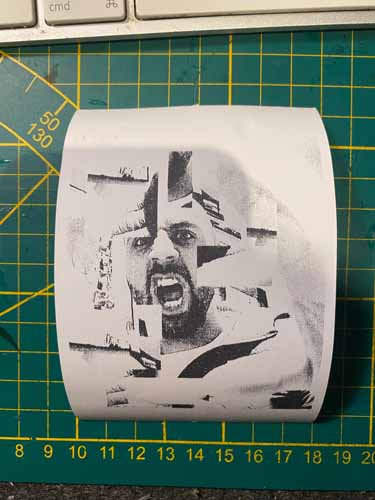
It’s a program written in Python that builds digital collages automatically. You can feed it a single photo, a whole folder of images, or even take a live picture using your webcam or an IP camera. The program then goes to work: cutting, scaling, and re-pasting random patches to slowly “mutate” your image. After hundreds of loops, your face turns into a kind of living puzzle half you, half something else.
You can even save each step of the process, which means you can make a timelapse GIF or MP4 video showing how your picture transforms over time, from ordinary portrait to abstract collage. Watching it happen is oddly hypnotic, like seeing an idea form out of noise.
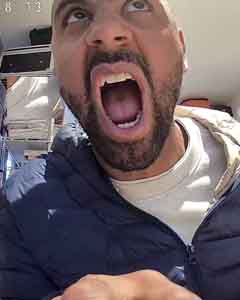
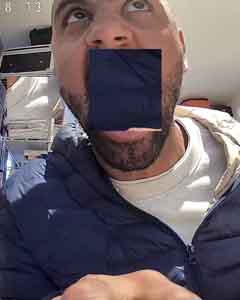
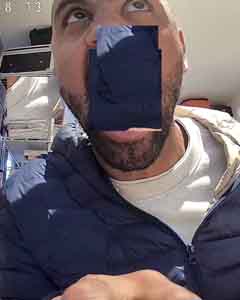
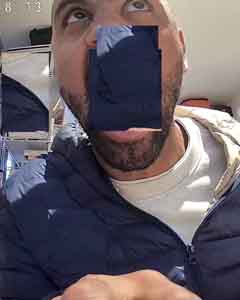
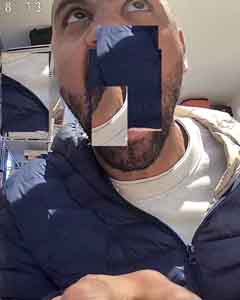
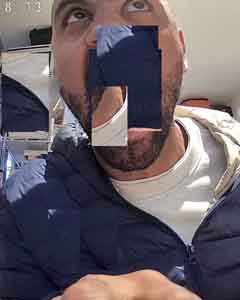
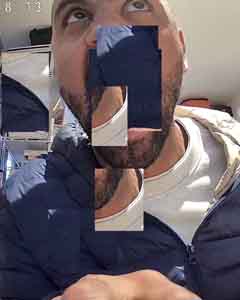
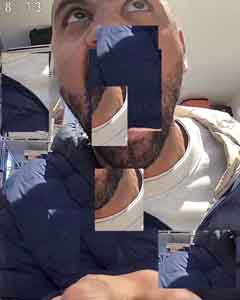
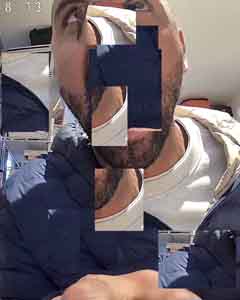
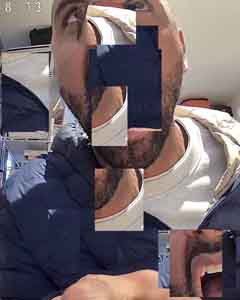
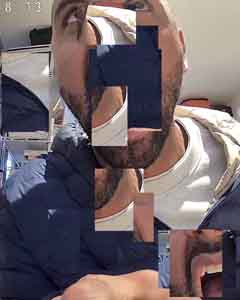
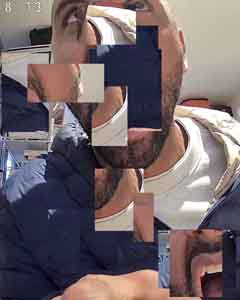
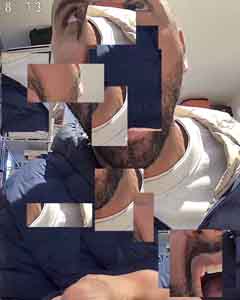
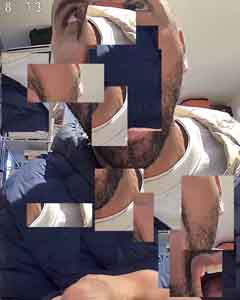
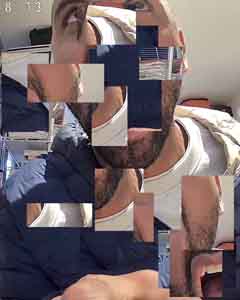
There’s also a Printer tab (My Favourite Bit). Instead of keeping the results on a screen, the app sends the final image to a tiny thermal receipt printer (the kind used at cash registers). It prints the collage in black and white, line by line, on receipt paper. You can adjust the brightness and contrast with sliders, and even control how the image is sliced up as it prints. It’s quick, messy, and wonderfully imperfect.
I love this step because it turns digital art back into something physical. In my upcoming pop-up exhibition, visitors will be able to come in, take a photo, and walk away with their own print:
a unique “receipt” for the time they spent there. The paper may be small and fragile, but it’s real; it’s proof that something happened.
Behind the scenes, the app uses some powerful tools: Pillow for images, OpenCV for camera capture, and imageio for video export. But the magic isn’t in the code it’s in what the code allows: randomness, play, and surprise. Every run is different, and that unpredictability mirrors how identity itself changes in the digital world.
What started as an experiment in coding became part of my art practice. The program doesn’t just make collages; it asks a quiet question: If we can edit ourselves endlessly, what does “real” even mean?
Sometimes, you find the deepest answers in a few lines of code and a strip of cheap paper.
